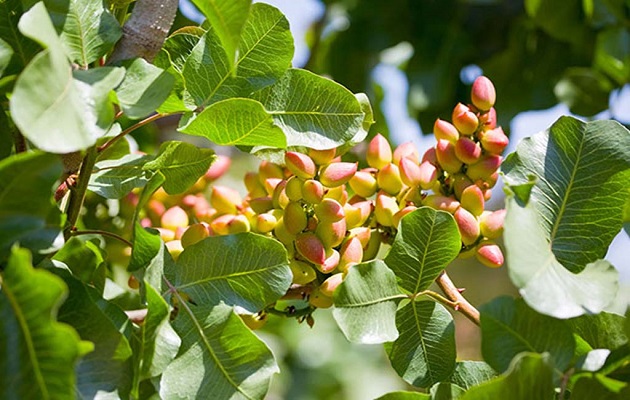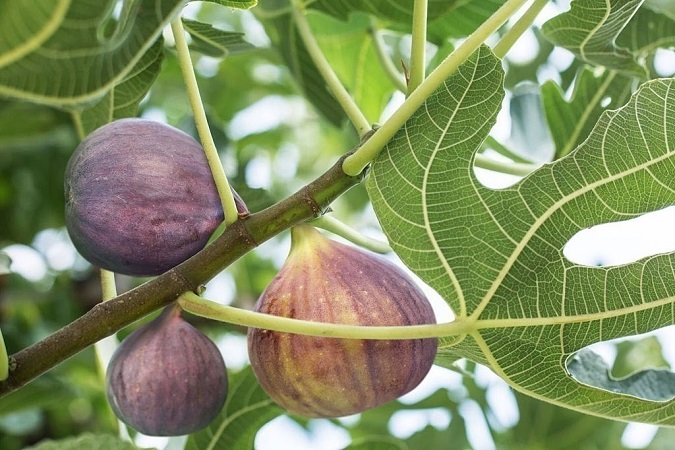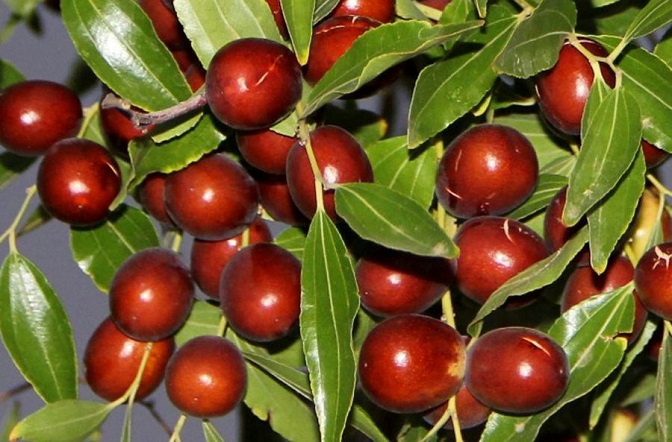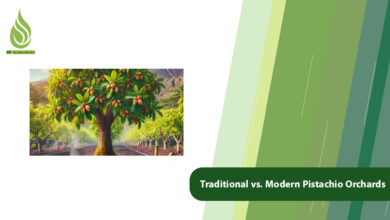
Introducing Suitable Heat-Resistant Fruit Trees for the Middle East
Heat-resistant fruit trees, known for their resistance, are excellent choices for cultivation in the Middle East’s warm climates. With climate change and rising temperatures, selecting trees that thrive in hot, arid conditions is increasingly important. In this article, we’ll explore heat-resistant fruit trees well-suited to the Middle East’s climate. Let’s dive in!
Why Choose Heat-Resistant Trees?
The Middle East’s central regions often experience hot, dry climates with low annual rainfall and minimal soil and air humidity. These areas see significant temperature swings, with scorching days and chilly nights. Low moisture, intense sunlight, high temperatures, and water scarcity demand carefully chosen vegetation. Heat-resistant trees have unique traits that make them ideal for these conditions. A tree suited for hot climates can grow and produce fruit even in extreme weather, ensuring farmers can consistently harvest high-quality crops.
For growers in hot regions, planting heat-resistant trees boosts income while cutting costs. Overall, choosing fruit trees that are heat-resistant and withstand heat increases agricultural productivity, conserves resources, and reduces farming expenses.
Characteristics of Heat-Resistant Fruit Trees

Heat-resistant fruit trees naturally thrive in high temperatures, intense sunlight, and varying humidity levels, equipped with traits that enable them to flourish in such environments. Here’s a look at their key characteristics:
- Heat Resistance: These trees tolerate temperatures above 86°F (30°C) and grow well in hot, dry conditions. Thicker leaves and robust root systems help them endure high heat. They thrive in summer warmth and produce abundant fruit even in extreme temperatures.
- Drought Tolerance: Deep or widespread root systems allow these trees to access water from deep or surface soil layers. Some can store water for dry periods, though drought resistance varies by species and cultivar.
- Fast Growth: Many heat-resistant fruit trees grow quickly, reaching fruit-bearing stages in a short time.
- Minimal Winter Chill Requirement: Unlike temperate fruit trees that need cold winters to bloom and fruit, heat-resistant trees thrive in regions without cold winters.
- Soil Adaptability: These trees adapt to various soil types but perform best in well-drained soils.
- Sunlight Tolerance: Heat-resistant trees require direct, intense sunlight for optimal photosynthesis, which fuels better growth.
- Salinity Resistance: In some Middle Eastern regions, soils are saline. Certain trees, like pistachios, tolerate salty soils, though this trait isn’t universal.
- Pest and Disease Resistance: Some heat-resistant fruit trees have genetic traits that make them more resistant to pests and diseases, reducing the need for chemical treatments.
These qualities make Heat-resistant trees an excellent choice for the Middle East’s hot, dry, or humid climates.
Heat-Resistant Fruit Trees for the Middle East
These trees are ideal for regions like southern and central parts of the Middle East, including areas with climates similar to Kuwait, Qatar, the UAE, Oman, and Saudi Arabia. Here are some standout options:
Date Palm (A Top Heat-Resistant Fruit Tree)

Date palms are a major export crop in the Middle East, with popular varieties like Medjool, Deglet Noor, and Barhi. They’re in high demand locally and globally. Date palms are long-lived, producing fruit for up to 100 years.
- Suitable Regions: Southern Middle East (e.g., Saudi Arabia, UAE, Oman)
- Heat Tolerance: Extreme (up to 131°F or 55°C)
- Water Needs: Moderate to low
Mango
Mango cultivation has gained popularity in the Middle East’s southern regions, offering high market value with proper care. This fruit thrives in heat but is sensitive to cold, performing best in hot, humid conditions.
- Suitable Regions: Coastal areas (e.g., Oman, UAE)
- Heat Tolerance: High (up to 113°F or 45°C)
- Water Needs: Moderate, prefers humidity
Fig

Figs are delicious fresh or dried and have strong market potential both locally and for export.
- Suitable Regions: Central and southern Middle East (e.g., Qatar, Saudi Arabia)
- Heat Tolerance: Very good
- Water Needs: Low
Pistachio
Pistachios are a highly profitable export crop. They thrive in hot summers but require cold winters for dormancy. Their slow growth yields long-term rewards, and they tolerate saline soils.
- Suitable Regions: Central Middle East (e.g., parts of Saudi Arabia)
- Heat Tolerance: High (above 104°F or 40°C in summer)
- Water Needs: Low to moderate
Pomegranate

Pomegranates adapt to intense heat and full sun, thriving in semi-arid, warm climates. Fruits grown in hot regions boast better color, flavor, and sweetness.
- Suitable Regions: Central and southern Middle East (e.g., UAE, Oman)
- Heat Tolerance: High
- Water Needs: Moderate
Other Heat-Resistant Fruit Trees
- Banana: Ideal for rainy southern regions (e.g., coastal Oman).
- Grape: Grows in hot, dry climates with diverse varieties. Newly planted vines need regular watering to establish, followed by managed irrigation.
- Coconut: Thrives in southern coastal areas, requiring heat and humidity.
- Lemon: Heat-tolerant varieties like sour, sweet, and Omani lemons perform well with adequate irrigation. Omani lemons are widely grown in the south.
- Guava: A heat-resistant fruit that resists pests and tolerates heat and moderate drought, growing well in southern regions.
- Papaya: Fast-growing, needing warm, humid conditions and fertile, well-drained soil.
- Sapodilla (Chiku): Tolerates heat and humidity well.
- Jujube: Suited for hot, dry climates, with some salt tolerance, commonly grown in arid zones.
- Sidr (Ziziphus): Popular for its high resilience and minimal water and care needs.

Key Tips for Growing Heat-Resistant Fruit Trees in the Middle East
Cultivating tropical trees in the Middle East’s unique climates requires attention to specific practices. Here are three critical tips:
Optimal Irrigation
Overwatering or underwatering can harm heat-resistant trees. Drip irrigation delivers water directly to roots, reducing evaporation in hot, dry areas and preventing nutrient loss. In regions with saline water, drip systems help manage soil salinity.
Suitable Soil
Salty or poorly drained soils are common in hot, arid regions. Test soil salinity before planting and amend it with organic matter like compost or sand to improve drainage. Use sulfur-based fertilizers, like ammonium sulfate, to lower alkaline soil pH and supply nitrogen. Desert soils often lack nutrients, so add organic matter, nitrogen, phosphorus, potassium, and micronutrients to boost fertility.
Protection from Hot Winds
Hot, dry winds in regions like Bahrain or Kuwait increase water loss and damage leaves. Planting windbreaks, such as eucalyptus or mesquite, shields heat-resistant trees. Nylon fences or walls can also slow winds, preventing branch breakage.
